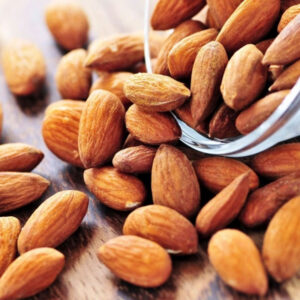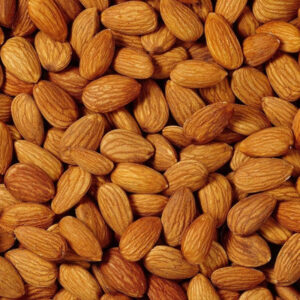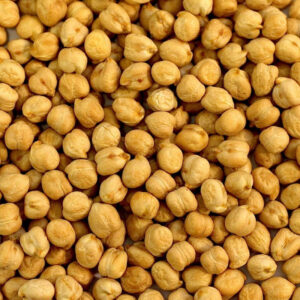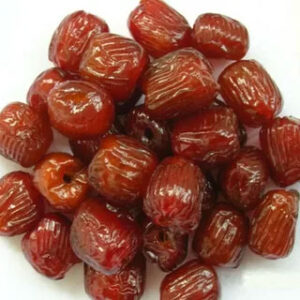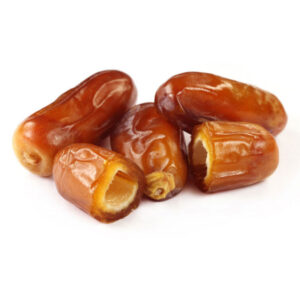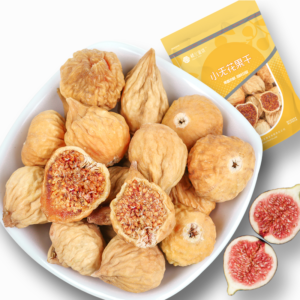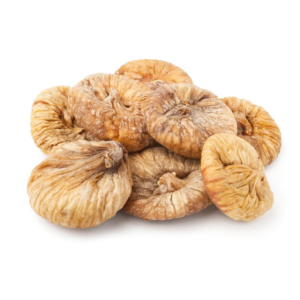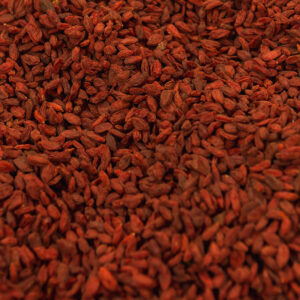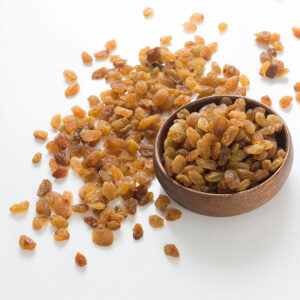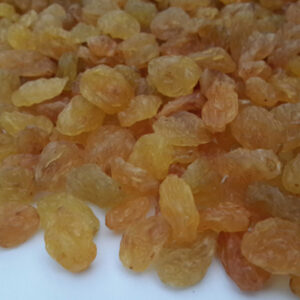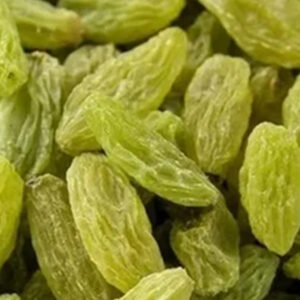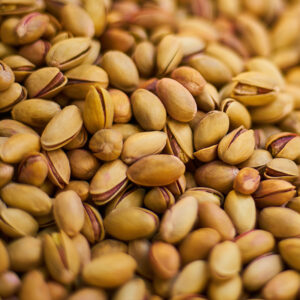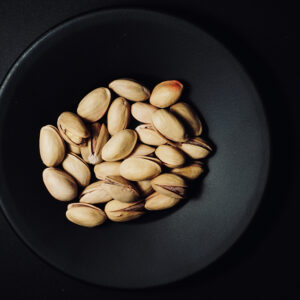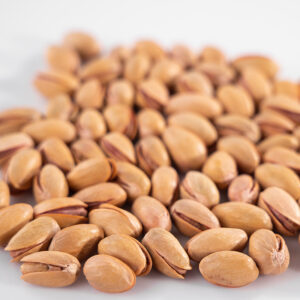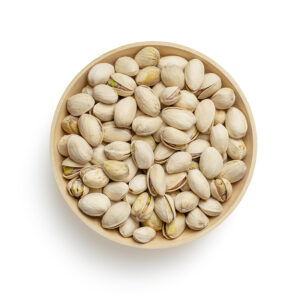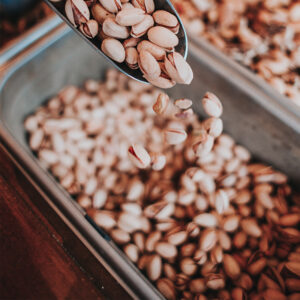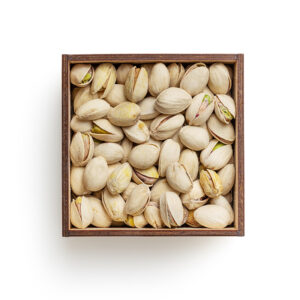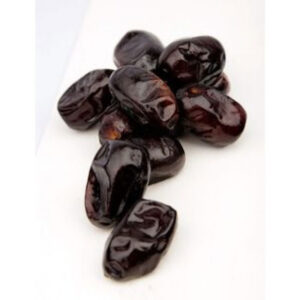Start your next move with Golden Lotus.
Fill out the form below and we’ll get in touch shortly
Products
Almonds
The Iranian commercial production varies around 6.000 tons of shelled products, obtained from both orchards and scattered trees. The producing area is practically located in the North-West of Iran, in the Azerbaijan (Tabriz) region, where it covers an important role in the agricultural economy of the region.
Packaging: 10 KG Carton, 25 KG and 50 KG PE Bag
Chickpeas
Chickpeas:
The chickpea or chick pea (Cicer arietinum) is a legume of the family Fabaceae, subfamily Faboideae. It is also known as gram or Bengal gram garbanzo or garbanzo bean.
Chickpeas are a nutrient-dense food, providing rich content (> 20% of the Daily Value, DV) of protein, dietary fiber, foliate, and certain dietary such as iron and phosphorus. Thiamin, vitamin B6, magnesium and zinc contents are moderate, providing 10-16 percent of the DV (right table). Chickpeas have a Protein Digestibility Corrected Amino Acid Score of about 76 percent, which is higher than fruits, vegetables, many other legumes, and cereals.
Packaging: 10 KG Carton, 50 KG PE Bag
Dates
The fruit is known as a date. The fruit's English name (through Old French), as well as the Latin species name dactylifera, both come from the Greek word for "finger", dáktulos, because of the fruit's elongated shape. Dates are oval-cylindrical, 3–7 cm long, and 2–3 cm (0.79–1.18 in) diameter, and when ripe, range from bright red to bright yellow in color, depending on variety.
The date palm is dioeciously, having separate male and female plants. They can be easily grown from seed, but only 50 percent of seedlings will be female and hence fruit bearing, and dates from seedling plants are often smaller and of poorer quality. Most commercial plantations thus use cuttings of heavily cropping cultivars. Plants grown from cuttings will fruit 2–3 years earlier than seedling plants.
Dates provide a wide range of essential nutrients, and are a very good source of dietary potassium. The sugar content of ripe dates is about 80%; the remainder consists of protein, fiber, and trace elements including boron, cobalt, copper, fluorine, magnesium, manganese, selenium, and zinc.
Iran has more than 70 types of dates that grown in different region in Iran such as Mozafati, Piarum, Kabkab, Farakan, Zahedi, Sayer, Shakhuni, Shavhavi, Rabbi and etc.
Dried Figs
Figs are a nutrient-dense fruit that can be yellow-green, copper or purple in color. You can peel them and eat them out of hand, use them to make jam or add them to ice cream or baked goods. Fresh figs aren't always available year-round in the Iran, but dried figs are relatively easy to find. Although figs may provide some health benefits, treatment of any medical condition with figs is based only on traditional use and not on scientific evidence.
Macronutrients
A 1/4 cup serving of dried figs contains 93 calories, 1 gram of protein, 0.4 gram of fat and 24 grams of carbohydrate, including 4 grams of fiber, or 16 percent of the daily value for fiber. Dried figs have more fiber per serving than any other fruit, according to the Academy of Nutrition and Dietetics.
Micronutrients
Each serving of dried figs provides 253 milligrams of potassium and 6 micrograms of vitamin K, or 7 percent of the DV, along with 60 milligrams of calcium and 25 milligrams of magnesium, or 6 percent of the DV for these nutrients. Potassium is necessary for proper heart, muscle and digestive function. Your body uses vitamin K for blood clotting, calcium for strong bones and teeth and magnesium for immune system, heart and nerve function.
Potential Health Benefits
Figs contain a type of antioxidant called phenols, which may lower your risk for heart disease and cancer by preventing cell damage by dangerous free radicals. Fiber lowers your risk for high cholesterol, heart disease and constipation. The fiber in figs may also help you lose weight since it makes figs more filling, helping you eat fewer calories.
Available Sizes: A, AA, 101 AA, Vacuumed, Moistures
Packaging: 10 KG Carton
Storage: In a cool, dry, clean and well ventilated place. Storage temperature is between 15-20 Celsius degrees
Golden Kashmari Raisins
Long Golden Raisins:
Iranian Long Golden raisins are produced from special variety of grapes which is known as Pekami (Grows East of Country).
Produced in BRC, HACCP, and ISO Approved plant utilizing advance sorting technology.
Best Stored: In a cool, dry, clean. Recommended storage temperature is between 10-15 Celsius degrees, with relative humidity below 50%
Packaging: 10 KG Carton/12.5 KG Carton
Golden Raisins
Ripen fruits of different varieties of seedless grapes, which have smooth round shape and amber or golden yellow color. Sulphur gas is being used in the drying process.
The product comes from seedless grapes of the Vitis vinifera variety. Golden Raisins are grown in the sunny vineyard in Iran. They are made using sulfur fumigation process and shade dried so they are golden amber in color with a naturally sweet and fruity flavor.
After two times washing (Double washed), golden raisins are dried, coated with vegetable oil, stemmed, mechanically cleaned, laser sorted and metal detected under care of hygienic condition.
Packaging: 10 KG Carton/ 12.5 KG Carton
Storage: In a cool, dry, clean and well ventilated place. Recommended storage temperature is between 10-15 Celsius degrees
Green Kashmari Raisins
Green raisins also know as long raisins. The difference between golden and green raisins is in the percentage of the sulphure. The taste is more natural and grown in a special region in Iran (Kashmar).
Packaging: 10 KG Carton / 12.5 KG Carton
Storage: In a cool, dry, clean and well ventilated place. Storage temperature is between 10-15 Celsius degrees, humidity below 50%
Green raisins are elongated and the grape is distinct regarding softness, sweetness, early ripening and being free of soil contaminants. First, the grapes are immersed in sulphured solution, and then they are hanged on wires to dry.
Iranian Jumbo Pistachios
Kaleh Qouchi: This nut is famous for being large. It is sensitive to shortage of water and its leaves are complex. This type of nut is vulnerable to cold weather in spring. It can be harvested in mid September.
On the whole Kalleh Ghouchi is not being budded anymore and production is from existing trees. Although commercially quite successful, Kalleh Ghouchi trees showed a steep drop in growth and production as they grew older than 40 years old. It is expected that the production would slowly decline.
Available sizes are 20/22, 22/24 and 24/26, with 18/20 being available in small quantities.
Iranian long pistachios
The most famous local brands of Iranian long pistachio are as the following:
1- Akbari: This type is the highest economic value. Its fruits are large and almond shaped. It can be harvested in late September. This is a newer variety with good yield and with long, large nuts.
2- Momtaz: The fruit of this nut is almond shaped. It is very delicious compared to other types of pistachios. It can be harvested in late September.
3- Badami; This nut is generally small. It mainly grows in gardens of Zarand, Kerman. It can be harvested in early summer.
4- Ahmad Aghaei: This nut is rather large and its fruit is almond shaped. It can be harvested in late September. The newest commercial variety, very popular with the farmers, because of high yield and its shorter time to reach production. It is very popular in some markets like India and Greece. Production of this variety is increasing. It also has the whitest shell hue among the four.
Available sizes of Iranian Long Pistachio are 20/22, 22-24 and 24/26, with 18/20 also available in small quantities. Pistachio size unit is the number of nuts in one Once.
Iranian Round Pistachios
Fandoghi: This cultivar is the most widely available pistachio variety and grows in most pistachio growing areas of Iran. Fandoghi is of round type and has the lowest shape index among the four cultivars. In recent years, around 50% of Iranian production is of the Fandoghi type. The reason is its limited yield, the new orchards are seldom planted with this variety.
It comes in the following sizes 28/30, 30/32 and 32/34 nuts per ounce. Size 26/28 is also available in small quantities.
Kabkab Dates
Kabkab Dates is round in size, and the color varies from light brown to dark brown. It is soft in nature with moisture under %18.
Shelf Life at room temperature is about 1 year under interim fumigation. The date is used in pitted or unpitted form. Harvest Time is Mid September. Kabkabs grow in Fars regions.
Packaging: 10 KG Telescopic Carton
Storage: In a cool, dry, clean and well ventilated place. Storage temperature is between 10-15 Celsius degrees, humidity below 50%

